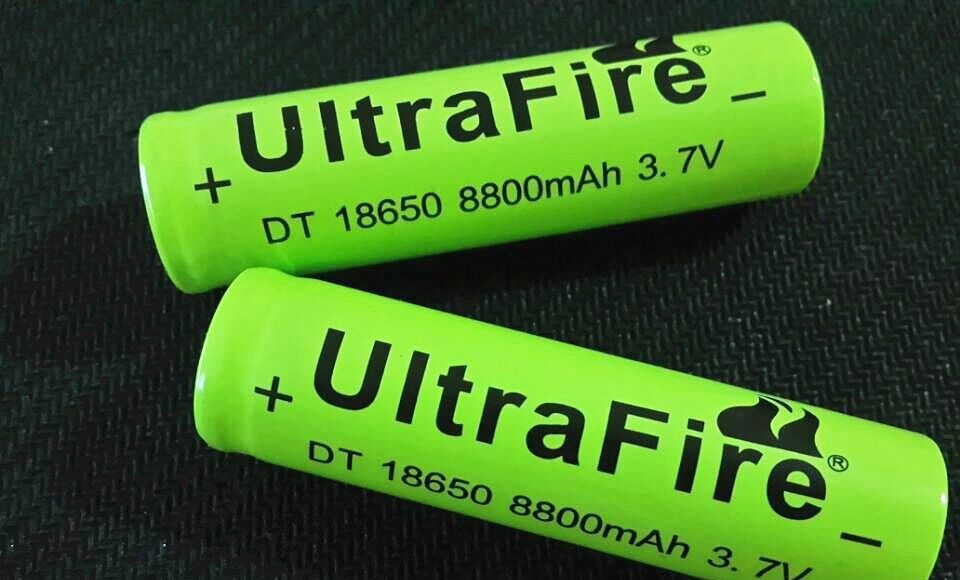Last year, the OPSS together with the Chartered Trading Standards Institute (CTSI), launched a campaign in the UK with the aim of promoting battery safety. They warned against the dangers of 18650-style batteries, which most vapes and e-cigarettes are powered by. The campaign explained that because these can vary in chemistries and voltages, vapers should only use batteries recommended by the manufacturer.
“There have been numerous reports of hazardous failure modes of the devices containing these batteries, resulting in serious injury and also death,” said product safety lead officer at CTSI Mark Gardiner. “Where products are supplied with the battery already installed, the manufacturer of this device has generally added a battery management system to ensure safe charging and discharging.”
The IBVTA battery guide
Meanwhile, the IBVTA has produced the first ever comprehensive battery guide in partnership with the sector-leading expertise of the IBVTA’s steering committee, and significant input from external stakeholders. The guide aims to assist any size vape business, manufacturer or retailer for supply to the UK market of vaping devices which contain integrated batteries and portable batteries for use in vaping devices.
The document content is broken down into detailed sections, designed to make the guide easy to navigate for persons engaged at any point in the supply chain, regardless of their technical and/or regulatory experience. Several sections also include Best Practice Guidance, providing readers of any experience level a clear take-home message from the section.
An executive summary of the guide can be downloaded, of the guide here. Alternatively, one can purchase the IBVTA’s Battery Stewardship Guide in PDF Format for the one-off price of £50, at info@ibvta.org.uk.
The importance of protection circuits
Meanwhile in the US, the Consumer Product Safety Commission (CPSC) is warning about the dangers of loose 18650 lithium-ion battery cells without protection circuits due to possible fire risk.“[T]hese battery cells may have exposed metal positive and negative terminals that can short-circuit when they come into contact with metal objects, such as keys or loose change in a pocket,” wrote the agency. “Once shorted, loose cells can overheat and experience thermal runaway, igniting the cell’s internal materials and forcibly expelling burning contents, resulting in fires, explosions, serious injuries and even death.”
A recent article on The Verve explained that there are other batteries that pose similar dangers. “The 18650 isn’t the only Li-ion battery that has the potential for misuse, of course— you can buy standalone 14500 cells as well, which are roughly the same size as a standard AA but more than twice the voltage (don’t put them into your remote). You can also purchase the 16340, a rechargeable cell similar to the single-use CR123A you might put into a smoke detector. The CPSC isn’t commenting on why those aren’t included in the warning, but we suspect it’s because they’re less common and less dangerous.”












